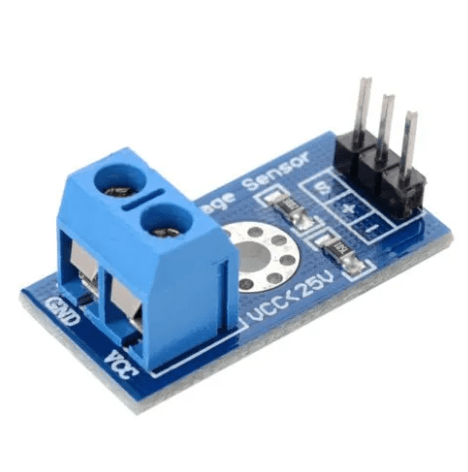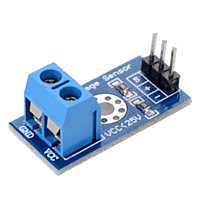


Voltage Detection Sensor Module-25V
Product Details
Voltage Measurement: The primary function of the module is to measure voltage levels in a circuit. It can monitor the voltage of the connected power source or any part of the circuit where voltage monitoring is required.
Voltage Range: This module is specifically designed to work within a voltage range of 0V to 25V. It will typically provide accurate voltage readings within this specified range.
Output Signal: Voltage detection modules usually provide an output signal or indication based on the measured voltage level. Depending on the module's design, this output can take various forms, such as analog voltage output, digital signal (high/low), or triggering a relay.
Threshold Setting: Many voltage detection modules allow you to set a threshold voltage. When the detected voltage crosses this threshold, the module's output signal will change. For example, it might trigger an alarm or activate a connected device.
Indicator LED: Some modules include indicator LEDs to visually show the voltage status. For instance, an LED might light up when the voltage exceeds a certain threshold.
Applications: Voltage detection modules are used in various applications, including battery voltage monitoring, overvoltage protection, undervoltage protection, and control systems.
Input and Output: These modules typically have input and output pins or connectors for easy integration into circuits. The input is connected to the voltage source you want to monitor, and the output is used to interface with other components or devices.
Operating Voltage: The module itself may require a separate operating voltage, usually 3.3V or 5V, to function correctly.
Accuracy: The accuracy of voltage detection can vary between different modules. Some are designed for high precision, while others provide a more general indication.


